Pipeline Online spoke to Saskatchewan Premier Scott Moe on Federal Environment Minister Steven Guilbeault’s ‘social cost of carbon’. Moe is concerned it could lead to much higher carbon tax, and pave way for Clean Electricity Standard impossible for Saskatchewan to meet.
“The industry is being squeezed, from all sides. Truly, seriously squeezed.”
The Nemeth Report Podcast: Energy transition crisis, with Irina Slav, has some real straight-forward talk about the realities of the energy industry, and keeping people scared about climate change. Expect to see more on Pipeline Online from T Nemeth, who is originally from Saskatchewan.
Poland is planning on 20, possibly more, SMRs of the same design SaskPower chose
I’ve been waiting to see a story come out about this for a while. A few weeks ago I saw that Poland may be building as many as 79 of the General Electric Hitachi BWRX-300 reactors, the exact same design chosen as SaskPower. This story indicated 20 at this point, but hints it could be more.
Ontario Power Generation is building the first one. Tennessee Valley Authority is building the second. Saskatchewan may have thought we were all that and a bag of chips by announcing four. But we won’t finish our second until around 2038. In the meantime, Poland might have built all 79 by that time.
We might have thought we’d be driving the bus on this SMR rollout. We’re not. In other words, the instruction manuals will likely be written in Polish. But it also means a lot of confidence is being expressed by the Poles in the design, if they build 20, or 79, or whatever.
As for how much uranium will go into these, I sat at a banquet a few weeks ago with some Cameco reps. They explained that SMRs actually use very little uranium. You fill them up at the start, and basically that’s it. That was very insightful, I thought, because that’s exactly how current US nuclear submarines (with small reactors) work.
Trudeau says taking back natural resources “a non-starter”
Prime Minister Justin Trudeau will not move to take away provincial control of natural resources.
The issue of First Nations vs provincial control of natural resources came up at a town hall held at First Nations University in Regina held on April 13. It was a continuation of the dustup between the provincial governments of Saskatchewan, Alberta and Manitoba and federal minister of Justice and Attorney General David Lametti.
We’re going to build nukes, but today, Germany is shutting its last three down
France is building new nuclear reactors. So is the UK, Czechia, Finland, Canada and the U.S., to name a few. I’ve even seen an article that Poland intends on building 79 small modular reactors that are the same design SaskPower has chosen. 79! And they want to do it by 2038. But Germany? They know better. They had shut down all of their numerous reactors except three, and today, those last three are done. But hey, they just bulldozed another village to burn coal.
Leading indicators and closing indicators in Saskatchewan oil
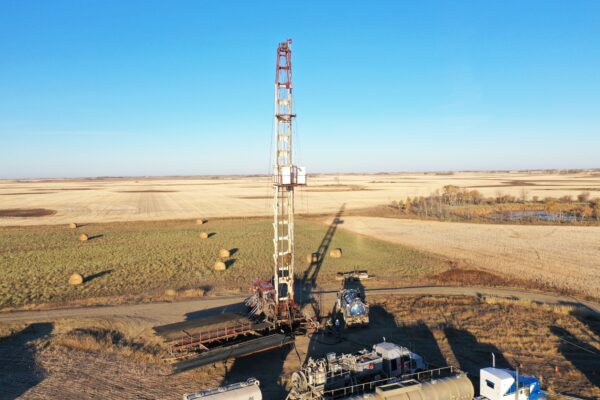
One of the key leading indicators of oil and gas development is Crown land sales. And the Saskatchewan April sale saw increased interest in all four oil production areas of the province.
On the opposite end of the timeline is well abandonment and cleanups. When the crap hit the fan for the industry when COVID-19 hit, there was a cry for some sort of relief program. That ended up being the Accelerated Site Closure Program, which properly abandoned inactive wells and facilities. That program just recently concluded, having been fully subscribed.
And on the other side of the country, Newfoundland’s Muskrat Falls hydro project is finally online. This project almost bankrupted Newfoundland, but the feds quietly bailed them out during COVID. That kinda got swept under the rug. Muskrat Falls was Newfoundland’s attempt at squeezing additional power out of the same river system as the massive Churchill Falls project, which produces about 50 per cent more power than the entire province of Saskatchewan on any given day. Quebec pays Newfoundland next to nothing for that power, and uses it domestically and sells it to the US and enormous margins. Muskrat Falls, at a much lower output, was basically Newfoundland’s F You to Quebec.
Trudeau responds to Lametti natural resources controversy with denial
The dustup on natural resources continues. Trudeau’s says Lametti “said no such thing,” Poilievre accuses Lametti of threatening something he didn’t, and Lametti says he didn’t commit to what he committed to
These canola crushing plants aren’t because everyone decided they want Becel
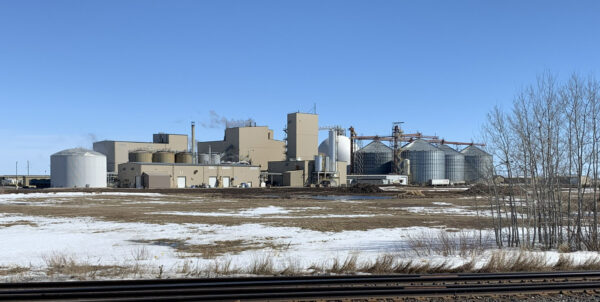
This is a real conundrum for the provincial government. The mantra, for decades, is to bring value-added processing here. But in this case, it’s to replace petroleum with biofuels. Which, in turn, takes farmland out of food production and puts it into fuel production. That might be okay, if everyone on this planet was properly fed. They aren’t,
And now you know why Moe pushed the Saskatchewan First Act
Federal justice minister David Lametti “looking at” taking away natural resources from provinces. Scott Moe says national unity at stake. This is precisely what the Saskatchewan First Act, proclaimed April 6, is about.
Notably, the request for the feds to take away control of natural resources from the provinces of Manitoba, Alberta an Saskatchewan came from the grand chief of the Prince Albert Grand Council. The federal minister will “look at” it.
Breaking up with coal is hard to do
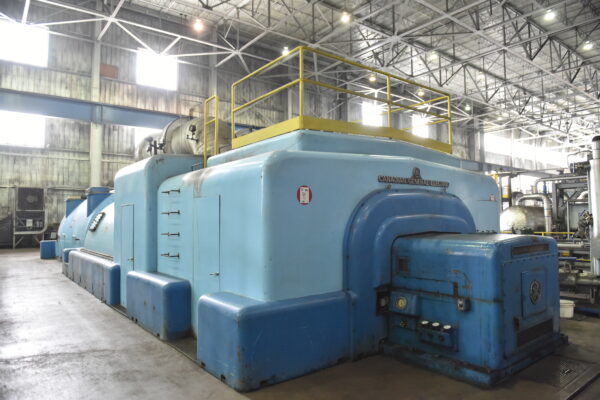
By federal regulation, one coal unit at Boundary Dam Power Station was supposed to shut down in 2021, another in 2024. Well, we’re not going to do that. Because we can’t. We still need them. Turns out all those wind turbines can’t be relied on, after all, can they? Like on April 4, when they put out less that 4% in Saskatchewan.
A million dollars isn’t cool. You know what’s cool? A billion dollars … from lithium
Here’s why Pipeline Online has been doing such a deep dive into lithium in Saskatchewan. If current lithium prices hold, the standard-sized lithium project (of which there are several) planned for Saskatchewan will result in just under a billion dollars (CAD) per year in revenue. That’s right – per year, each. If they can get direct lithium extraction to work, we’re talking about a multi-billion industry in this province in a few years time
Sask NDP take on energy in provincial budget
Don’t slow walk critical minerals development, says NDP finance critic, regarding 2023 provincial budget
Why don’t you fight for what we have, and what works?
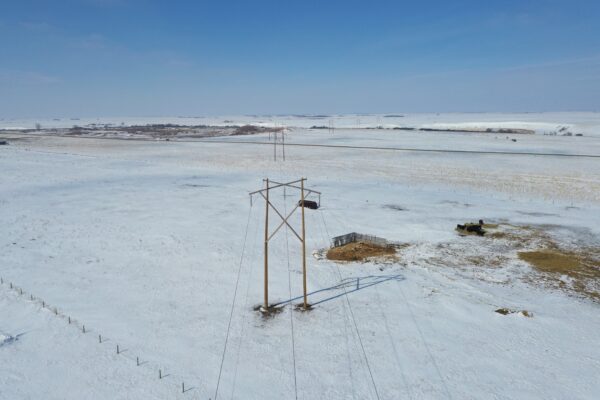
‘Why don’t you fight for what we have, and what works?‘ SaskPower holds open house in Estevan on $1 billion interconnect with US, solar and nuclear. The crowd was not at all happy.
This is real in-depth on what’s going on. Among the gems- we’re going to build up to 3,000 megawatts of wind and solar in Saskatchewan, stuff that totally fails on a irregular but frequent basis, and NOT build an accompanying 3,000 megawatts of natural gas generation to back it up for days (nights) the sun doesn’t shine and the wind doesn’t blow.
And a related story – did you know that the 650 megawatt power interconnect, the one that’s the same size as coal-fired Boundary Dam Power Station, and will carry carbon tax-free power from the US, will cost us a billion dollars? It turns out the NDP SaskPower critic did the math, and she was correct.
Lithium in SK, Part 16: The big dog in Saskatchewan’s lithium patch is sold
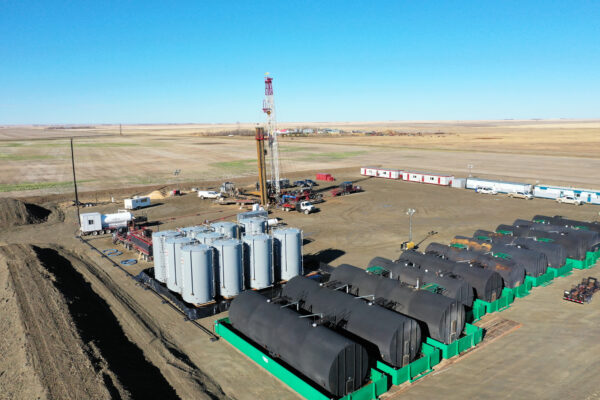
Prairie Lithium has been the undisputed leader in lithium development in Saskatchewan. On Monday, Arizona Lithium closed the deal to purchase Prairie Lithium. This is part 16 in Pipeline Online’s ongoing series on Lithium in Saskatchewan.
Saskatchewan is aiming to provide the building blocks for the 21st century

To provide the building blocks of 21st century technology, #Saskatchewan releases Critical Mineral Strategy. That includes helium, lithium, potash, copper, nickel, uranium, and a whole pile of rare earth elements. Saskatchewan wants to double its share of the mineral exploration pie in Canada.
In a related story, flow through shares would be great, if only they applied to helium exploration, says Royal Helium CEO.
But Saskatchewan’s Critical Mineral Strategy’s flow through shares are a big deal for junior mining company Buffalo Potash.
Everything you need to know about the Saskatchewan 2023 budget, from the energy perspective
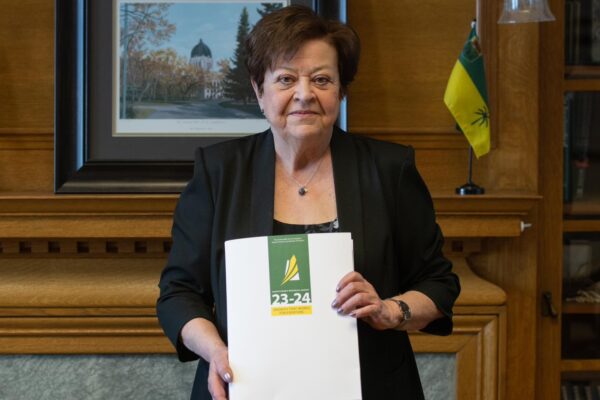
Pipeline Online poured through the 2023 provincial budget to dig up everything possibly applicable to the energy sector.
On Tuesday, hearings began before the Supreme Court of Canada on the “No More Pipelines Act”.
And for something totally not political, an Oxbow couple saw a need for a Saskatchewan-focused oilfield services directory app, so they made one.
And who’s paying for that $9 billion stake?
The cost of the Trans Mountain Expansion pipeline has shot up another 44%, to $30.9 billion. Project managers say it’ll be finished this year (from what I hear, not so much). And yet Indigenous groups are seeking a 30% stake in the project. Where’s that money coming from?
And on the topic of pipelines, it turns out Repsol said it would be too much money to pipeline natural gas from Western Canada to Saint John, New Brunswick, modify an existing LNG import terminal to export, and ship LNG to Europe. Would that be because the pipeline would have to go through Quebec, by chance? So there really wasn’t a business case, or there wasn’t a business case because of a.) Quebec and b.) the federal government? Would this have worked under a Harper or Poilievre government?
Coleville area first to have a lithium development plan released
Grounded Lithium drilled the second targeted lithium well in Saskatchewan last summer. Now, it has released its development plans for the Coleville area in west central Saskatchewan, and picked up more land as well. This includes a drilling plan for a number of production and disposal wells.
Is Coastal GasLink good or evil? Depends on who you ask
Wait, didn’t First Nations protests dramatically hold up the Coastal GasLink pipeline? And yet another BC First Nation wants to use that very same pipeline to supply its own liquefied natural gas terminal at Kitimat? How can this be? And the BC government just gave that LNG terminal the environmental go ahead?
Saskatchewan’s top 10
Did you know that Lampman and the Kerrobert area are neck-and-neck when it comes to the top producing conventional oil wells in Saskatchewan? And it’s really close, despite being over 500 km apart.
